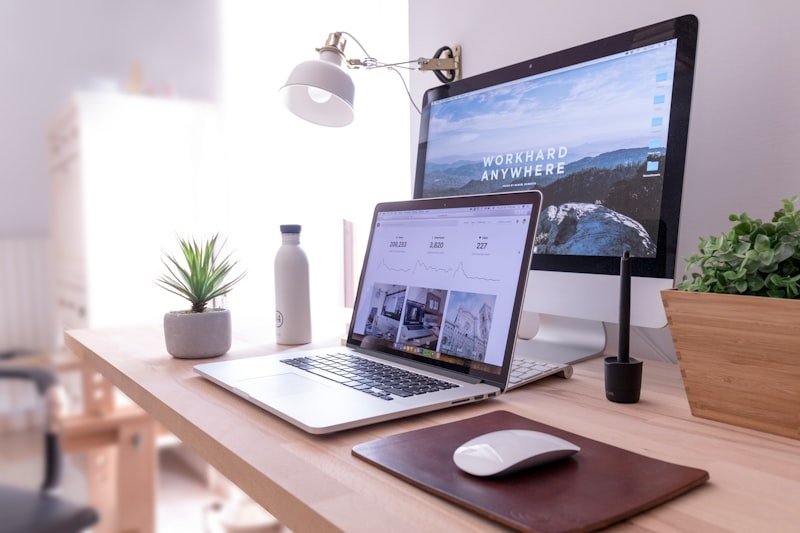How Can Graphic Designers Draw Inspiration from Urban Planning?
When graphic designers look at urban planning, they can see a treasure trove of ideas. The way streets are laid out, the colors of buildings, and even the textures of materials can ignite a designer’s imagination. For instance, consider the vibrant murals that adorn city walls. These aren’t just splashes of color; they’re narratives that reflect the community’s spirit. By studying these elements, designers can incorporate similar storytelling techniques into their work, creating visuals that resonate on a deeper level.

And let’s not forget about the diversity found in urban environments. Different neighborhoods boast unique styles, from sleek modernism to rustic charm. This variety can inspire graphic designers to experiment with contrasting styles and palettes, pushing the boundaries of their creativity.

Bridging the Gap: How Urban Planning Shapes Graphic Design Innovation
Imagine walking through a vibrant neighborhood filled with murals, unique signage, and interactive installations. This isn’t just art; it’s a reflection of the community’s identity, shaped by thoughtful urban planning. Designers draw inspiration from the textures, colors, and layouts of their surroundings. Just like a painter uses a palette, graphic designers use the urban landscape as their canvas. The more engaging the environment, the more innovative the designs that emerge.
But it’s not just about aesthetics. Urban planning also considers functionality. Think about how a well-placed park can spark a designer’s imagination. It’s a space for people to gather, share ideas, and collaborate. This interaction fuels creativity, leading to groundbreaking graphic design that resonates with the community. It’s like planting a seed; with the right environment, it blossoms into something extraordinary.
Moreover, as cities evolve, so do the challenges they face. Graphic designers are often at the forefront of addressing these issues through visual communication. Whether it’s creating awareness about sustainability or promoting local events, their work is deeply intertwined with urban development. It’s a symbiotic relationship where each discipline pushes the other to innovate and adapt.
So, the next time you admire a stunning graphic design, take a moment to appreciate the urban landscape that inspired it. It’s a reminder that creativity thrives in spaces designed with intention, bridging the gap between planning and artistic expression.
Cityscapes to Canvas: Unleashing Graphic Design Inspiration from Urban Environments
Think about the textures you encounter—rough brick walls, smooth glass facades, and the intricate patterns of cobblestone streets. These details can translate beautifully into your designs, adding depth and character. Just like a painter uses different brushes to create a masterpiece, you can mix and match these urban elements to craft something truly unique.
And let’s not forget about the people! The diverse crowd in a city is a living canvas, each individual bringing their own style and flair. This melting pot of cultures can inspire typography choices, color palettes, and even layout designs. Imagine capturing the essence of a bustling market or the tranquility of a quiet park in your work. It’s all about observing and translating those experiences into visual art.
Have you ever noticed how the light changes in a city? The golden hour casts a warm glow, while nighttime brings a dramatic contrast with shadows and bright lights. These shifts can inspire your color choices and mood in graphic design. Just like a photographer captures the perfect moment, you can freeze those fleeting city vibes in your designs.
So, next time you’re wandering through the urban jungle, keep your eyes peeled. The city is alive with inspiration, ready to transform your graphic design journey into something extraordinary. Embrace the chaos, the beauty, and the stories that unfold around you, and let them guide your creative process.
From Blueprints to Branding: The Overlap Between Urban Planning and Graphic Design
Think about it: urban planning is like the skeleton of a city, providing structure and support. But without graphic design, it’s like a body without skin—lacking personality and vibrancy. Graphic designers step in to add color, typography, and imagery that not only beautify but also communicate the essence of a place. Ever noticed how a well-designed park sign can make you feel more connected to your surroundings? That’s the power of design!
When urban planners create spaces, they consider how people will interact with them. Similarly, graphic designers think about how their visuals will engage viewers. Both fields rely on understanding human behavior. It’s like a dance; urban planners set the stage, and graphic designers choreograph the experience.
Take wayfinding systems, for example. They’re not just signs; they’re a blend of urban planning and graphic design that guide you through a city. A well-designed wayfinding system can turn a confusing maze into a smooth journey, making you feel like a local in no time.
So, the next time you wander through a city, pay attention to the interplay between the structures around you and the designs that adorn them. It’s a fascinating overlap that shapes our experiences and influences how we perceive the world.
Designing the Future: Lessons Graphic Designers Can Learn from Urban Planners
First off, let’s talk about user experience. Urban planners meticulously consider how people will interact with a space. They think about foot traffic, accessibility, and even the vibe of a neighborhood. Graphic designers can adopt this mindset by focusing on how users engage with their designs. Are your visuals easy to navigate? Do they evoke the right emotions? Just like a well-planned park invites people to linger, a well-designed website or poster should draw viewers in and keep them engaged.
Next, consider the importance of storytelling. Urban planners weave narratives into their designs, creating spaces that tell a story about the community. Similarly, graphic designers can harness the power of storytelling in their work. Every design should have a purpose and a message. Think of your design as a map guiding viewers through a journey—what do you want them to feel or understand?
Lastly, adaptability is key. Urban planners often face unexpected challenges, like budget cuts or environmental concerns. They must pivot and innovate. Graphic designers, too, should embrace flexibility. Trends change, and client needs evolve. Being open to change can lead to groundbreaking designs that resonate with audiences.
So, the next time you’re sketching out a new project, channel your inner urban planner. Think about user experience, tell a compelling story, and stay adaptable. You might just find that the future of design is waiting for you in the streets.
